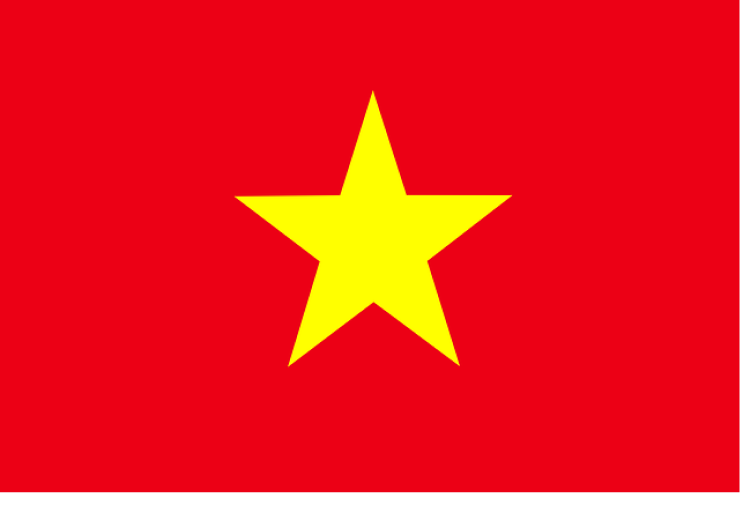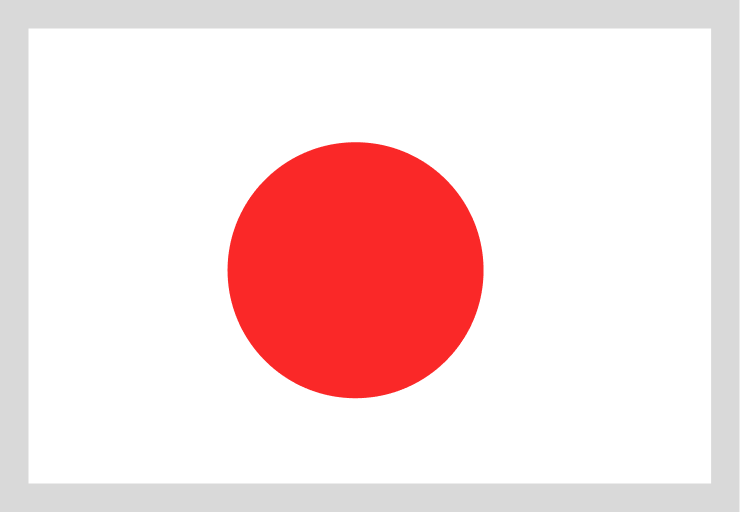In the evolving field of project management, selecting the right methodology is crucial. Agile and Waterfall, two widely debated approaches, each offer unique strengths suited to different project needs. A clear understanding of their key differences is essential for informed decision-making. This article provides a concise analysis of these distinctions, helping organizations choose the most appropriate methodology for their projects.
Agile in brief
Agile is recognized as a project management methodology that prioritizes flexibility and customer-centric processes. Originally crafted for the dynamic field of software development, Agile was designed to manage projects where requirements are expected to evolve. This methodology is particularly suited for situations where the end goals are not fully defined at the outset, requiring the team to adapt as the project progresses.
The agile workflows
In the Agile methodology, projects are divided into short development cycles known as "sprints," typically lasting two to four weeks. Each sprint results in a potentially shippable product increment, allowing teams to deliver value early and frequently. This approach enables continuous feedback from stakeholders, providing the opportunity to make necessary adjustments throughout the project’s lifecycle. Agile is most effective in environments that demand rapid adaptation and ongoing refinements.
Waterfall in brief
Waterfall is the more traditional project management methodology, where everything is planned out in a linear sequence from start to finish. This methodology was developed with industries like manufacturing and construction in mind, where making changes mid-project can be costly and complicated.
The waterfall workflows
The waterfall methodology divides the project into distinct phases: requirements gathering, design, implementation, testing, deployment, and maintenance. Each phase must be completed before the next one begins, leaving little room for modification once a phase is finished. This methodology relies heavily on thorough planning and detailed documentation upfront, ensuring that all project requirements are met before moving to the next stage. Waterfall is best suited for projects with fixed requirements, where the risk of changes is minimal and a predictable, structured process is crucial.
Agile vs Waterfall: Difference between these two methodologies
Roles
Agile: In Agile, roles are dynamic and collaborative, with team members frequently taking on multiple responsibilities. The key roles typically include the Product Owner, Scrum Master, and Development Team, all working closely to adapt to changing project needs.
Waterfall: In contrast, Waterfall employs clearly defined and hierarchical roles. The Project Manager oversees the entire process, while specialized teams, such as Business Analysts, Designers, and Developers, focus on their specific tasks with little overlap.
Client involvement
Agile: Agile emphasizes continuous client involvement throughout the project. Clients are regularly engaged, providing feedback at the end of each sprint, which fosters a highly collaborative and iterative process.
Waterfall: Waterfall, on the other hand, involves the client mainly at the beginning and end of the project. After initial requirements are gathered, there is limited opportunity for client feedback until the final product is delivered.
Project timeline
Agile: The Agile timeline is flexible, with projects broken into short, iterative sprints typically lasting 2-4 weeks. This approach allows for rapid adjustments and ongoing improvements as the project progresses.
Waterfall: Waterfall follows a more rigid, predefined timeline. Each phase must be completed before the next begins, often leading to a longer overall timeline due to the sequential nature of the process.
Documentation
Agile: Agile maintains minimal documentation, focusing on what is necessary to support the team’s work. Documentation is continuously updated, enabling the project to remain adaptable and responsive to change.
Waterfall: Waterfall requires extensive documentation at each phase of the project. From the initial requirements through to the final testing plans, detailed records are essential for ensuring that the project remains on track and adheres to the original plan.
Agile teams vs. Waterfall teams
Agile teams: Agile teams are typically small, cross-functional, and self-organizing. This structure fosters adaptability, allowing team members to shift roles and responsibilities as the project evolves.
Waterfall teams: Waterfall teams tend to be larger and more specialized. The structure is hierarchical, with each member having a clearly defined role, offering less flexibility but ensuring a focused and organized approach to each phase of the project.
Conclusion
These five key differences highlight the distinct approaches of Agile and Waterfall methodologies. Each has its strengths and is suited to different types of projects. Businesses should carefully evaluate these factors—such as the need for flexibility, the level of client involvement, the project's timeline, documentation requirements, and team dynamics—before deciding which methodology to adopt. By weighing these elements, businesses can make an informed choice that aligns with their project goals and ensures the best possible outcomes.
















